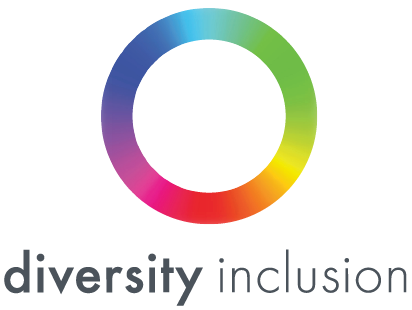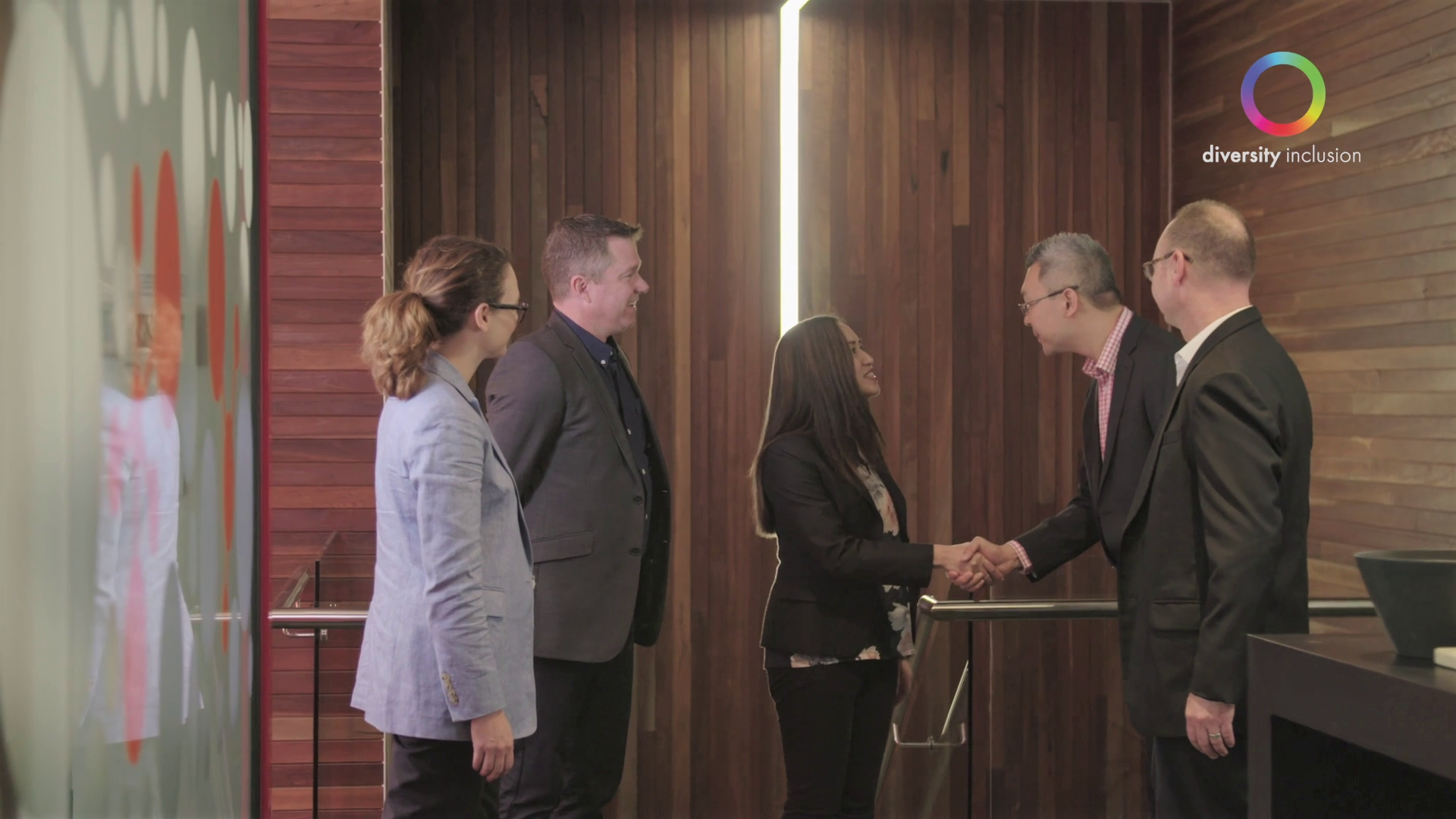The secret strategy driving workplace diversity, and why it’s a game changer for your organisation
There’s a lot of literature about diversity and inclusion (D&I) on the Internet, in books and in the media. D&I may be a buzz-phrase that’s widely used, but it’s not so widely understood.
In attempting to improve D&I, the big question that organisations should ask themselves is not what other workplaces are doing, it’s ‘what strategies actually work?’. Well, as D&I experts, we’re here to tell you the answer!
Sponsorship…it’s as simple as that
In our global research, there was one approach to creating more diverse leadership teams where the numbers stacked up. This article discusses sponsorship as a tried and tested contributor to workplace D&I. It may seem simple…but it works. Here’s the rub!
What is sponsorship?
Sponsorship is not as well-known as mentoring in the workplace.
Sponsors are people with senior-level positions who identify or are assigned to sponsees (high potential employees) within their organisation. Their role is to directly:
enable their career advancement by advocating for them
find and support opportunities for their promotion and development
support them to grow their networks.
In contrast, a workplace mentor, who is also usually an individual in a more senior leadership position, shares their own experiences and skills with a colleague. This may involve:
imparting how they, themselves, have overcome challenges to progress their careers, and give advice to their mentee
working on a specific skill that the mentee would like to develop, which can be technical, or leadership based.
The latest research* supports sponsorship as being much more effective than mentorship in creating more diverse leadership teams. Here’s why.
Sponsorship maximises workplace diversity
By its very nature, sponsorship works to address the often invisible, systematic barriers that certain groups face in their career progression. A common example is women working in a male-dominated workforce.
While mentorship may support the development of specific skills and competencies, sponsorship provides the support networks and opportunities required to maximise, promote, and advance the careers of diverse individuals. In turn, the organisation reaps the associated benefits that come from a diverse workforce, diverse leadership, and diverse thought.
Sponsorship also increases key employee skill sets, aptitudes, confidence, and self-awareness. This can have a positive impact on organisational systems and culture, maximising value creation into the future.
Why does sponsorship work as a D&I strategy?
There are many reasons, but essentially, sponsorship is effective in driving diversity because:
an organisation’s leaders are actively engaged and supportive of creating a more diverse and inclusive workplace
sponsors are exposed to those who are different from themselves, providing greater insight and support for diverse employee groups
sponsors develop insights into unconscious bias and how it plays out in the organisation
it creates personal and social accountability, driving positive organisational change
the sponsor actively advocates for the sponsee, promoting their skills and potential to others. This results in career development for the sponsee, increasing internal D&I metrics.
What is ‘targeted sponsorship’ and why use it?
Sponsorship is not a new concept. It has always occurred informally in the workplace. But there has been one significant downside to traditional sponsorship – the ‘like me’ bias. This is when leaders select to sponsor individuals who are similar to them. Regrettably, this approach has meant that the same type of individuals are likely to succeed, stifling the career progression of diverse talent.
The solution is ‘targeted sponsorship’ – a concept emerging from the latest academic literature* as an effective and leading practice in this area. This is when sponsors are placed with certain target sponsees, who can best drive the organisation’s D&I agenda.
Importantly, research* has found that sponsorship achieved a positive and tangible impact on management diversity in just five years. Now, that’s a compelling result.
It’s not just about the organisation – individuals benefit too
Sponsorship is a multi-pronged approach to increasing workplace diversity and achieving cultural change. There are demonstrated personal and professional benefits for the individuals involved in sponsorship programs. The main benefits include:
enhanced organisational impact and inclusive leadership skills, for sponsors
expanded professional networks, new skill sets, and the ability to progress faster in their career with confidence, for sponsees.
Considering a sponsorship program for your organisation, but not sure where to start? Chat to us!
*Moss-Racusin, Toorn & Dovidio (2014) Scientific Diversity Interventions, Science Journal

